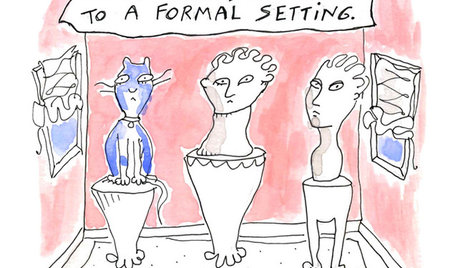help!!! monarch cats keep dying!!!
imabirdnut
12 years ago
Featured Answer
Sort by:Oldest
Comments (12)
ladobe
12 years agolast modified: 9 years agosusanlynne48
12 years agolast modified: 9 years agoRelated Professionals
El Reno Landscape Contractors · Salmon Creek Landscape Contractors · The Villages Landscape Contractors · Winter Gardens Landscape Contractors · Vadnais Heights Landscape Contractors · Arcadia Fence Contractors · Cherry Hill Fence Contractors · Hammond Fence Contractors · Hutto Fence Contractors · Manorville Fence Contractors · West Covina Fence Contractors · Whittier Fence Contractors · Baileys Crossroads Window Contractors · Kearns Window Contractors · Muncie Window Contractorsterrene
12 years agolast modified: 9 years agoimabirdnut
12 years agolast modified: 9 years agoladobe
12 years agolast modified: 9 years agosusanlynne48
12 years agolast modified: 9 years agoladobe
12 years agolast modified: 9 years agoladobe
12 years agolast modified: 9 years agosusanlynne48
12 years agolast modified: 9 years agoperennialfan273
12 years agolast modified: 9 years agoericwi
12 years agolast modified: 9 years ago
Related Stories

GARDENING FOR BUTTERFLIESBe a Butterfly Savior — Garden for the Monarchs
Keep hope, beauty and kindness alive in the landscape by providing a refuge for these threatened enchanters
Full Story
MOST POPULAR7 Ways Cats Help You Decorate
Furry felines add to our decor in so many ways. These just scratch the surface
Full Story
PETS10 Tips for Keeping Indoor Cats Healthy and Happy
It's National Cat Day: Ask not what your cat can do for you (because it will ignore you) but what you can do for your cat
Full Story
PETS6 Ways to Help Your Dog and Landscape Play Nicely Together
Keep your prized plantings intact and your dog happy too, with this wisdom from an expert gardener and dog guardian
Full Story
SMALL SPACESDownsizing Help: Storage Solutions for Small Spaces
Look under, over and inside to find places for everything you need to keep
Full Story
PETSGarden Alert: 22 Plants to Keep Away From Pets
Avoid potential danger by keeping dogs and cats away from these landscaping and houseplant favorites
Full Story
LIFEHow to Keep Your Pets Safe During the Holidays
To avoid an unwanted trip to the vet, be aware of these holiday-related hazards for dogs and cats
Full Story
PETSHow to Help Your Dog Be a Good Neighbor
Good fences certainly help, but be sure to introduce your pup to the neighbors and check in from time to time
Full Story
GARDENING AND LANDSCAPINGBe a Citizen Scientist to Help Wildlife, Learn and Have Fun Too
Track butterflies, study birds, capture stars ... when you aid monitoring efforts, you’re lending Mother Nature a hand
Full Story
BATHROOM WORKBOOKStandard Fixture Dimensions and Measurements for a Primary Bath
Create a luxe bathroom that functions well with these key measurements and layout tips
Full Story






imabirdnutOriginal Author